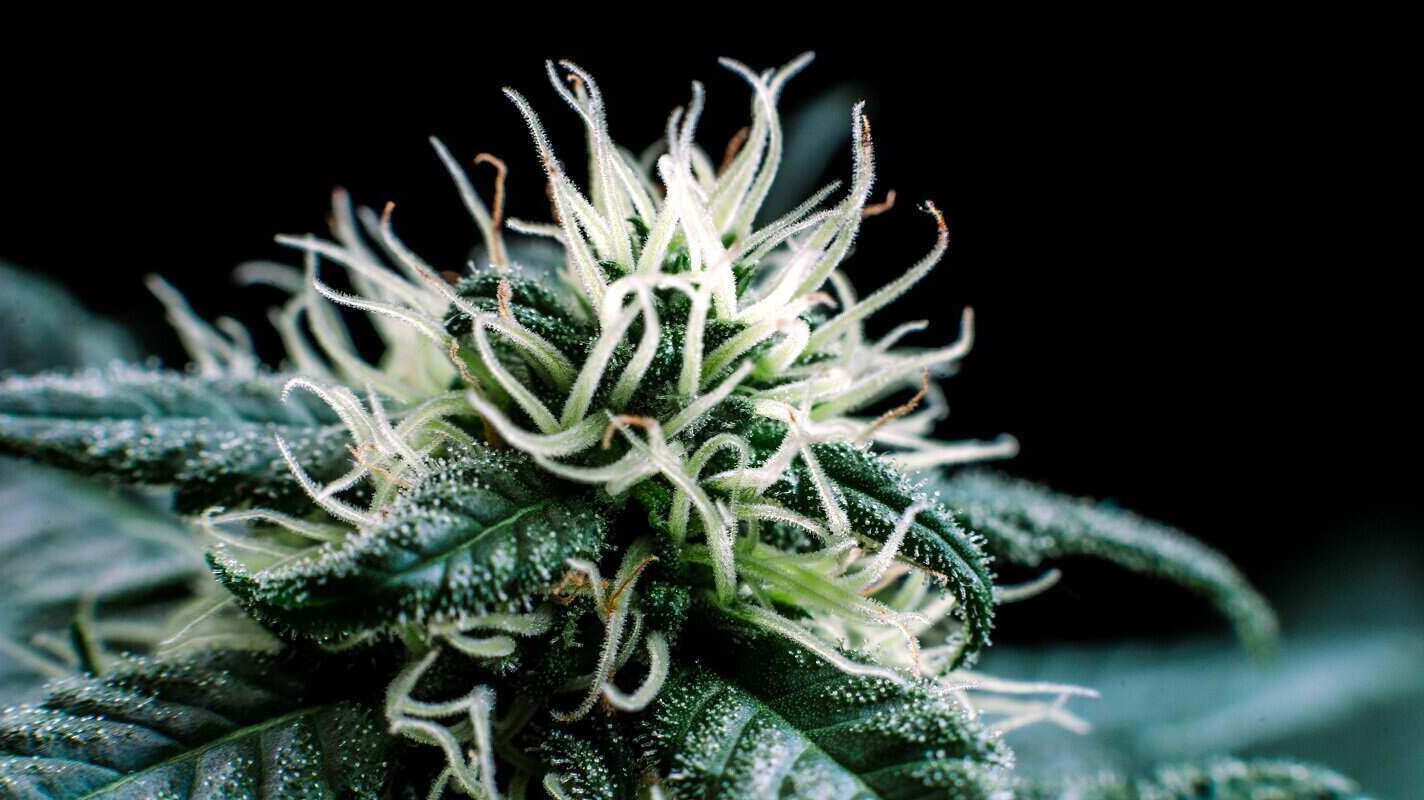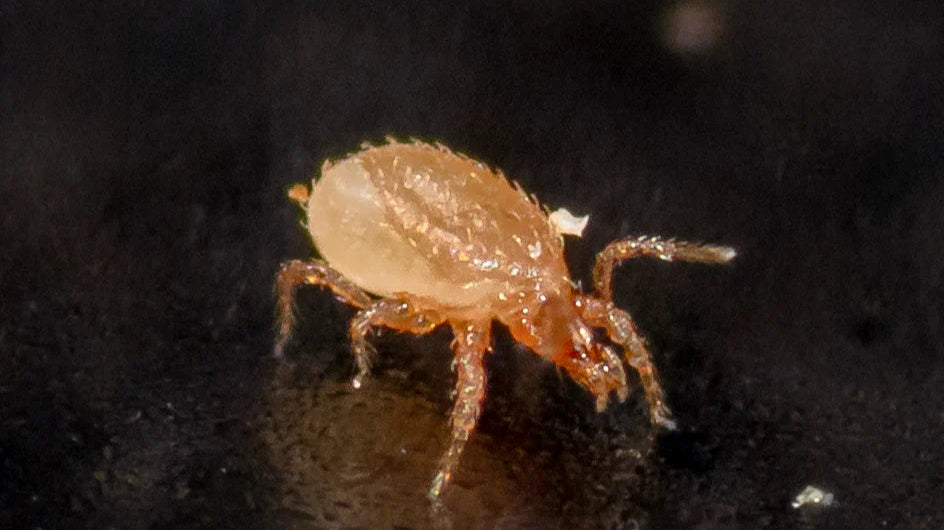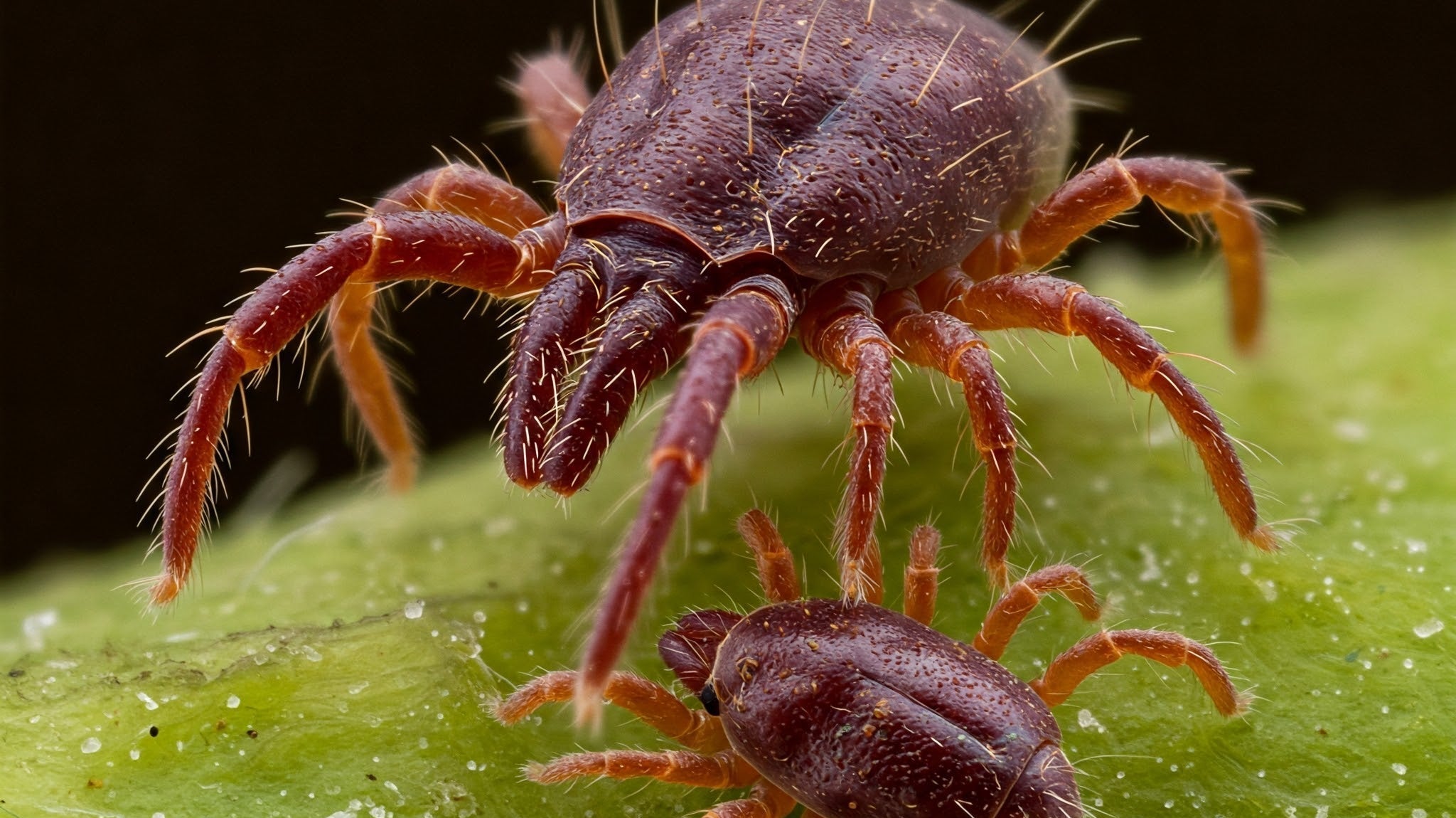Praying Mantis – Controlled Environment Edition
Let the Eggs Do the Work
2 Live Praying Mantis Oothecae
There’s something satisfying about letting nature handle your pest problems—especially when it involves 200 tiny apex predators hatching in your grow space.
Each praying mantis ootheca (that’s the fancy term for egg case) contains 50–200 nymphs that hatch out ready to hunt. You’ll receive two oothecae per order, giving you a built-in second wave of pest suppression—or a buffer if one takes longer to hatch. Which it might. These aren't robots—they’re biological control at its finest, and timing depends on temperature.
Who You'll Get (and Why It Matters)
You may receive:
-
Carolina mantis (Stagmomantis carolina) – Native to the U.S., smaller, precise, fast.
-
Chinese mantis (Tenodera sinensis) – Naturalized in North America for over a century, larger, bolder, longer-lived.
Both species are captive-bred, and you won’t get to choose which you receive. Because of this, and to protect native ecosystems, these are for indoor or enclosed use only—grow tents, greenhouses, garages, plant rooms, etc. Not the backyard. Not your garden. Keep it contained.
What They Hunt
Basically anything that moves and fits in their jaws:
-
Aphids
-
Crickets
-
Moths
-
Whiteflies
-
Beetles
-
Caterpillars
-
Fungus gnat adults
-
Flies, mosquitoes, and the occasional unfortunate sibling (mantises are cannibals, after all)
Lifecycle & Timing
-
Hatching takes 4–6 weeks at consistent 70°F+ temperatures.
-
Nymphs emerge all at once, usually in the early morning.
-
They begin feeding immediately. No snacks required.
-
They’ll molt several times over weeks, eventually becoming winged adults.
-
Well-fed females may lay new oothecae later in the season.
How Many to Use
-
1 ootheca per 1,500 sq ft is a general rule (Although we personally use more in a much smaller space, they're adaptable)
-
Plant-dense setups may need more
-
You’re getting 2 oothecae to increase success and extend predator coverage
How to Use Them
-
Keep oothecae in a ventilated, warm (70–80°F) space—not in direct sun, not soaked in mist
-
Once hatching begins, release nymphs within 24 hours
-
Gently move them onto nearby plants, and they’ll disperse on their own
-
They don’t need food before release—they come hungry
-
Do not spray pesticides before or after introducing mantises
Pro Tips
-
Use early in the grow season or plant cycle to get ahead of pests
-
Hang oothecae vertically using clips, stakes, or mesh sleeves—don’t bury or submerge
-
Don’t disturb oothecae—movement can delay or disrupt hatching
-
Keep them indoors—seriously
Shipping & Storage
-
Ships with our Live Hatch Guarantee
-
Store at 36–45°F to delay hatching (max 2–3 weeks)
-
Once removed from refrigeration, expect hatching within 10–45 days, depending on warmth
-
We do not ship mantis oothecae internationally
Too Many Options?
We get it. Try our mite/insect matchmaking quiz and instantly get matched to the solutions you may need.
Mite Matters
Optimizing Pest Management in Cannabis Flowering Using Predatory Mites
How to Treat Snake Mites Naturally with Predatory Mites
The Beginner's Guide to Predatory Mites
Predatory mites are the unsung heroes of plant care, working behind the scenes to protect your plants from destructive pests. Unlike chemical treatments, they offer a natural, self-sustaining solution that requires minimal effort on your part. Whether you’re preventing an infestation or fighting off an active one, these microscopic allies get the job done efficiently and effectively.







